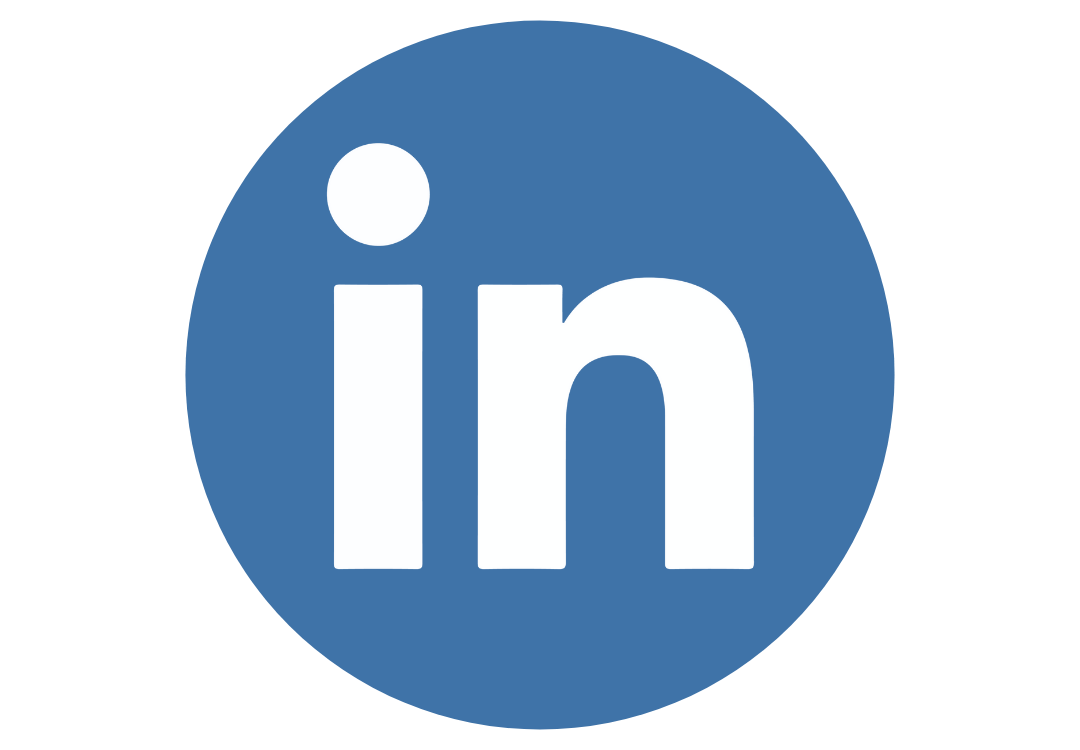Switzerland (Head Quarters)
IDR Medical Switzerland
Austrasse 95, CH-4051 Basel, Switzerland
T:
+41 (0) 61 535 1109
UK
IDR Medical UK
Unit 104 Eagle Tower, Eagle Tower
Montpellier Drive, Cheltenham, GL50 1TA
T:
+44 (0) 1242 696 790
USA
IDR Medical North America
225 Franklin Street, 26th Floor
Boston, Massachusetts 02110, USA
T:
+1 (0) 617.275.4465

Do You Really Understand the Patient Journey? Think Again
Patient journey mapping gives healthcare stakeholders a powerful tool to understand how patients interact with services, systems, and providers at every step.
While often confused with patient flow, the two concepts are distinct. Patient flow focuses on clinical logistics, how patients move through hospitals or care settings, from admission to discharge. Patient journey mapping, by contrast, takes a broader perspective, capturing not just clinical interactions but also the emotional, psychological, and social dimensions of care.
In this article, we break down how both patient journey mapping and patient flow work and explore the tangible benefits they offer when applied effectively.
What is patient journey mapping?
Patient journey mapping is a research approach that helps understand the touchpoints and pain points of the patient’s experience as they progress through the healthcare system.
Over the past few years, the impact of COVID on the patient journey has been notable, particularly for the management of people living with chronic diseases. Across the industry, there has been a shift from hospital-based care towards homecare environments, for example in the management of chronic conditions like COPD, hypertension, diabetes, and wound care.
According to the American Hospital Association, patient expectations have risen for a smoother patient journey, and the COVID pandemic has highlighted the need for effective digital patient engagement and communication strategies to further facilitate home-based healthcare.
It is becoming increasingly important for med-tech and pharmaceutical companies to understand this changing dynamic and to optimize their business models accordingly.
Patient journeys
The patient journey is a series of steps that the patient goes through from the moment they become aware of an issue requiring medical attention to the point after treatment has been completed. Unlike patient flow principles, which focus more on service delivery within a clinical setting, the patient journey includes the steps taken by the patient before and after their interactions with healthcare providers.
There are five steps involved in the patient journey:
- Step 1: Awareness
The patient recognizes the need for medical attention and starts searching for healthcare providers through avenues like online research, social media, and information from their community.
- Step 2: Consideration
The patient has identified a healthcare provider at this point and is making inquiries to see if it is the right fit for their needs. Referrals, coverage and perks, accessibility, reviews, and suggestions from friends and family are factors taken into account by the patient to make their decision.
- Step 3: Appointment/Access
This is the step at which the patient schedules an appointment with their healthcare organization of choice. This can be via phone calls, text messages, websites, and user portals. The patient can schedule an online consultation or a physical meeting.
- Step 4: Service
This refers to the point at which the patient begins to receive clinical care from the healthcare provider. It includes clinical visits, admission and discharge, and bill payment. This step is often the focal point for traditional patient satisfaction measurement.
- Step 5: Ongoing care
This is the patient retention stage. It encompasses patient care between clinical visits as well as post-treatment follow-ups, to ensure the patient’s long-term wellbeing. Although this step is often forgotten, it is just as crucial as the other steps of the healthcare patient journey, and is vital in collecting information for patient journey research.
Touchpoints
Touchpoints are any moments in the patient journey during which a patient or potential patient interacts with the healthcare organization. These interactions could be personal, for example, a direct interaction between a health worker and a patient, or non-personal, for example through advertisements, web apps, or websites. These touchpoints make up the overall patient experience.
Quality measures
Quality measures are predetermined standards a healthcare organization sets against which to evaluate performance when caring for patients. Assessing how well individual touchpoints perform against these quality measures helps in the identification of areas requiring improvement, for example, the average duration of each stage in the patient journey, the total time spent in admission, and any delays in diagnosis or care provision.
Customer satisfaction scores
A crucial part of patient journey analytics is customer satisfaction scores. Analyzing data from customer satisfaction surveys at different touchpoints in the patient journey can be helpful in recognizing and correcting bottlenecks in the healthcare patient journey.
With the impact of COVID on patient experience, it is important to carry out assessments of patient flow to truly understand how healthcare delivery has changed in a post-pandemic era. This can help stakeholders in the sales and marketing of medical devices identify friction points of referral pathways and different stages of care a patient may or may not receive. For a deeper dive into how these changes are shaping the future of patient care, read our latest blog: The Changing Landscape of Patient Care.
The benefits of analyzing patient journeys
Patient journey mapping is a powerful tool for understanding the patient’s wants and needs. Some of the benefits of patient journey analytics include:
-
Identifying opportunities for innovation:
Researching the patient journey can uncover opportunities for new product or service development. It may lead to the creation of innovative solutions that address unmet needs or improve existing healthcare practices. - Improving the patient experience:
Through the analysis of patient journeys, healthcare organizations can identify and optimize pain points and gaps in care during the patient journey to create a more positive experience. This understanding helps healthcare providers and manufacturers tailor their products and services to meet patient needs more effectively.
-
Increasing patient engagement:
With a more robust understanding of the patient journey, healthcare providers and manufacturers can develop targeted solutions to engage patients throughout their healthcare patient journey, even during follow-up. In the context of COVID, for instance, where patients with mild disease were asked to self-isolate at home, patient journey analytics revealed that there was a strong demand for eHealth services to maintain engagement with patients receiving home-based care. -
Supporting marketing strategies:
Patient journey research helps pharmaceutical companies and medical device manufacturers understand the patient decision-making process. This insight can be used to develop more targeted marketing and educational campaigns. -
Efficient healthcare delivery:
By understanding the patient journey, healthcare organizations can identify areas where healthcare delivery can be streamlined to increase efficiency, for example reducing wait times and improving patient flow.
Patient flow vs patient journey
Patient flow and patient journey are two interrelated concepts that are sometimes used interchangeably in the healthcare industry. Here are some key differences to consider between patient flow and patient journey.
Patient flow
|
Patient journey
|
Although patient flow and patient journey projects are closely linked, they require different market research approaches to execute.
How medical companies use patient flow market research studies
Patient flow market research studies play a vital role in optimizing healthcare operations, enhancing patient experiences, improving quality of care, and guiding decision-making. By understanding and optimizing patient flow, healthcare providers can create more efficient and patient-centric systems, leading to better overall healthcare outcomes.
There has been a shift in patient flow dynamics due to the pandemic, bringing about drastic remodelling of branches, pathways, and referral decisions. Therefore, it is crucial for medical companies to re-evaluate their understanding of patient flows in a post-pandemic context.
- Understanding treatment pathways:
A patient flow study can help pharmaceutical and medical device companies understand the treatment pathways of patients using their products. By mapping out how patients are diagnosed and treated, the company can identify potential areas for improvement or better support. - Identifying barriers to access:
Patient flow studies can uncover barriers that patients may face in accessing specific products. These barriers could include issues related to affordability, distribution, or healthcare provider knowledge. Addressing these barriers can improve patient access and adherence to treatment. - Optimizing clinical trials:
Patient flow studies can inform the design and conduct of clinical trials. By understanding how patients navigate through the healthcare system, pharmaceutical and medical device companies can plan more efficient and effective clinical trials, leading to quicker results and reduced costs. - Improving adherence to therapies:
Understanding patient flow can shed light on factors influencing medication or therapy adherence. This insight allows companies to develop targeted interventions and support programs that encourage patients to stay on their prescribed treatment regimens.
Examples of successful implementations of patient flow
At IDR Medical, we leverage our deep clinical expertise and market research to create market insights and recommendations that help our clients to identify modifiable attitudes or behaviors and make strategic decisions to maximize product uptake and drive sales. Explore some of our case studies to see patient flow and workflow analysis in action:
Patient Journey, Workflow Analysis & Concept Testing for a Point of Care Diagnostic Solution:
Our client was a market leader in POC devices that measured transcutaneous bilirubin (TCB) levels in neonates. They were considering what new features their next generation POC device would need to have. They also had concerns relating to their current market share, which included the threat to their dominant share in this TCB market by competitors. We were commissioned to carry out a workflow analysis and concept testing of a next generation POC device.
Patient Journey, Workflow Analysis & Unmet Need Assessment for a Patient Monitoring Portfolio:
Our client was the patient monitoring business of a leading healthcare technology manufacturer. They commissioned us to explore unmet needs that would drive research and development priorities for their consumables business in the medium to long term. The primary goal of the study were to map workflows throughout the patient journey and identify pain points and unmet needs in the use of disposable patient monitoring devices.
Patient Journey, Workflow Analysis & Concept Development. Cardiology Pharmacology Decision Support:
Our client was a global pharmaceutical company who had recently developed a novel cardiology drug. The main barrier to its success was the long-standing presence of a generic drug which was significantly cheaper. Despite the existing drug therapy had more limitations and required frequent POC patient testing, there also were more established providers and reimbursement frameworks which created significant inertia and some resistance to adoption of the new therapy.
Make the most out of your customer data with IDR Medical
Patient journey mapping and patient flow are both integral to driving sales and maximizing product uptake in the healthcare industry. While both of them involve the assessment of the patient’s progression through the treatment pathway, patient journey mapping incorporates the aspects of the patient’s interaction with healthcare systems before and after they receive clinical care.
In markets where there are multiple stakeholders making decisions that influence a patient’s journey, patient flow studies are particularly useful. They are best suited to markets that involve more complex referral pathways and/or where patients transition from one care environment to another.
Patient flow and patient journey studies require extensive planning and coordination, since they are complex and challenging to design and execute. One way to conduct a study is to use patient video diaries, which you can learn about in our eBook.
IDR Medical has significant experience and knowledge of patient flow and patient journey projects that we are happy to share. If you’re interested in learning more about how IDR Medical can help, book a consultation today.







